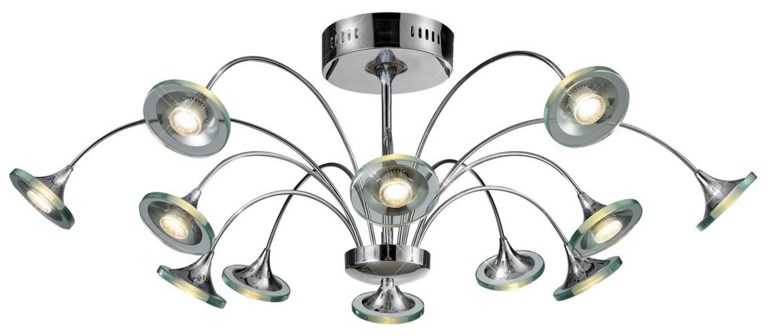LED Lights are on the rise on the Homefront. Nowadays there are a wide variety of LED lights related products than ever there was about incandescent lighting.
There are just as many reasons to make the change to LED Lights than there are LED products. The technology has grown exponentially over the past of years, so much so, that sometimes it is hard to distinguish the brand new LED Lights from the old Incandescent ones as they tend to make them almost the same, so people would “Recognized” them more easily.
Through this article, we will discuss not only the many reasons why you should make the change but also the terminology you as a homeowner have to become familiar with once you start the transition process from incandescent lighting to LED Lights.
WHY MAKE THE CHANGE?
Besides the obvious and powerful combo of energy efficiency and energy saving provided by the LED Lights that put them thousands of miles apart from any of its competitors, they also enjoy a much longer useful life and they don’t contain mercury, which gives us the ability to have better control over its brightness settings and appearance. (Warmer or Cooler)
Throughout the United States, for example, more and more laws are enacted by States and Cities regarding the energy consumption levels of new constructions, thanks to LED Lights they are able to meet the requirements and even stay below them.
LED Lights comes in all shape and sizes, their more standard shape is the common light bulb we all know and love, but they have other options available to satisfy the most unique of preferences, allowing the homeowner to play with the lighting as he or she sees fit, finally creating the home environment you always wanted to have.
TERMINOLOGY
Back in the day before LED Lights when you wanted to buy a Light Bulb all you have to pay attention to was the shape of the bulb, the wattage, (which was the indicator of the brightness levels) and the size of the Bulb’s base to make sure that it would fit on your lamp.
When CFL came into play, then you have a few other things to pay attention to besides the aforementioned ones, like “Light Appearance” which you can choose Soft White, Bright White, and Daylight.

When LED Lights came out, homeowners had to become familiar with three essential terms, these are:
Brightness: Unlike their incandescent counterparts which get their brightness from their wattage, LED Lights don’t, as they consume less Watts. Here you have to search for “Lumens.”
Light Appearance: The correlated color temperature or CCT of light is measured in “Kelvin.” The lower the number of Kelvins the warmer the Light will be, thus, the higher the number the cooler it will be. With LED Lights, you have more room to play, as it all depends on what you are aiming for.
Color Accuracy: Another term we were unfamiliar with was CRI or Color Rendering Index, with LED Lights the best option is anyone above 80 CRI.
The Amazing Perks of Shelving for Living Rooms. A shelf can turn an unusable space into an area enriched with design and style. Read more …






